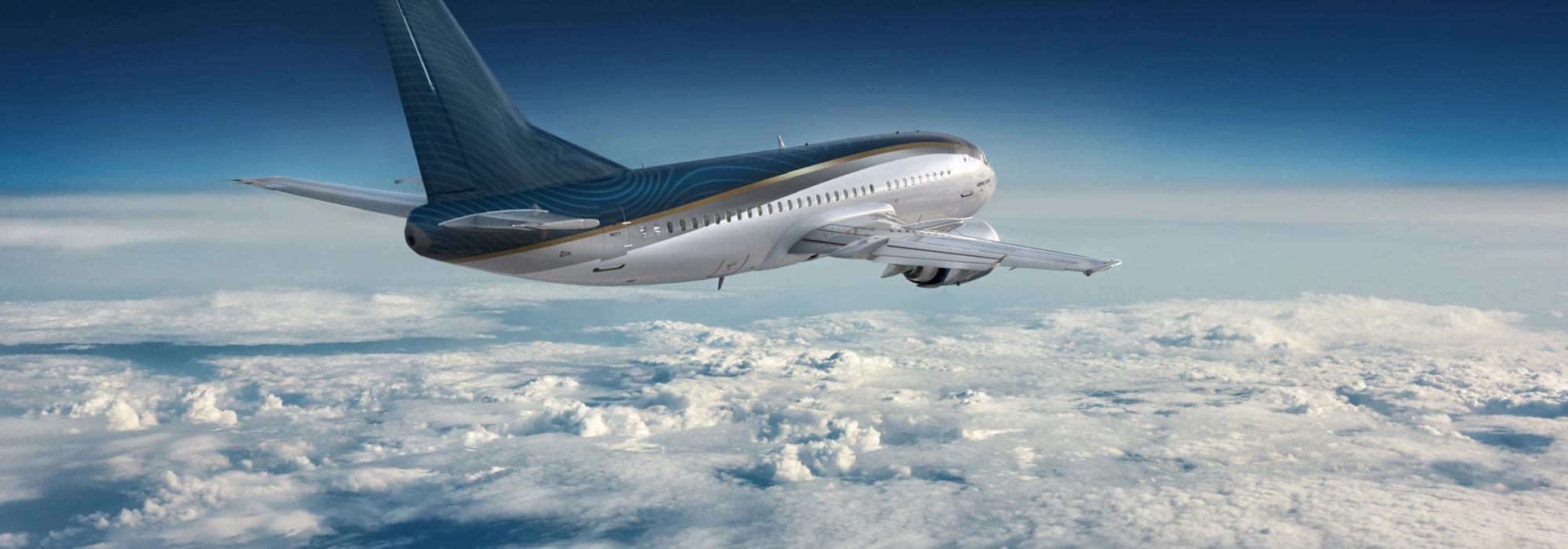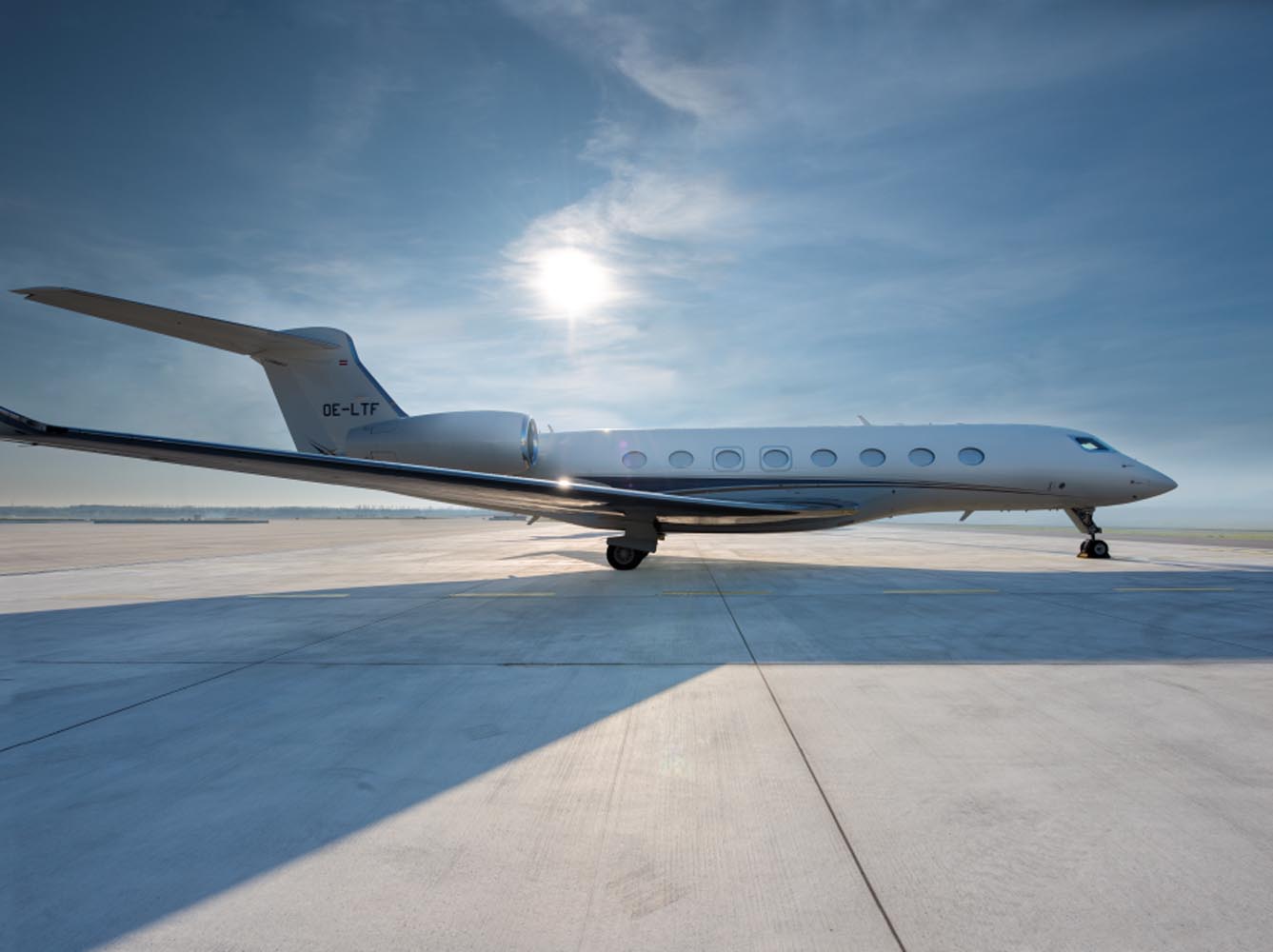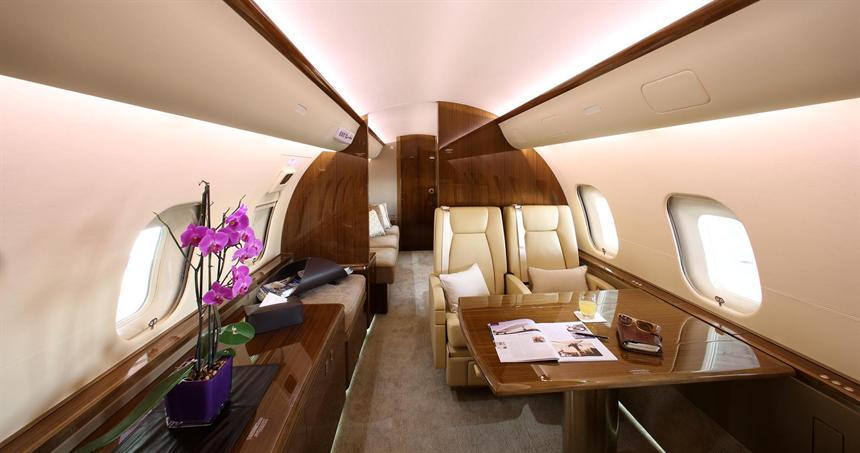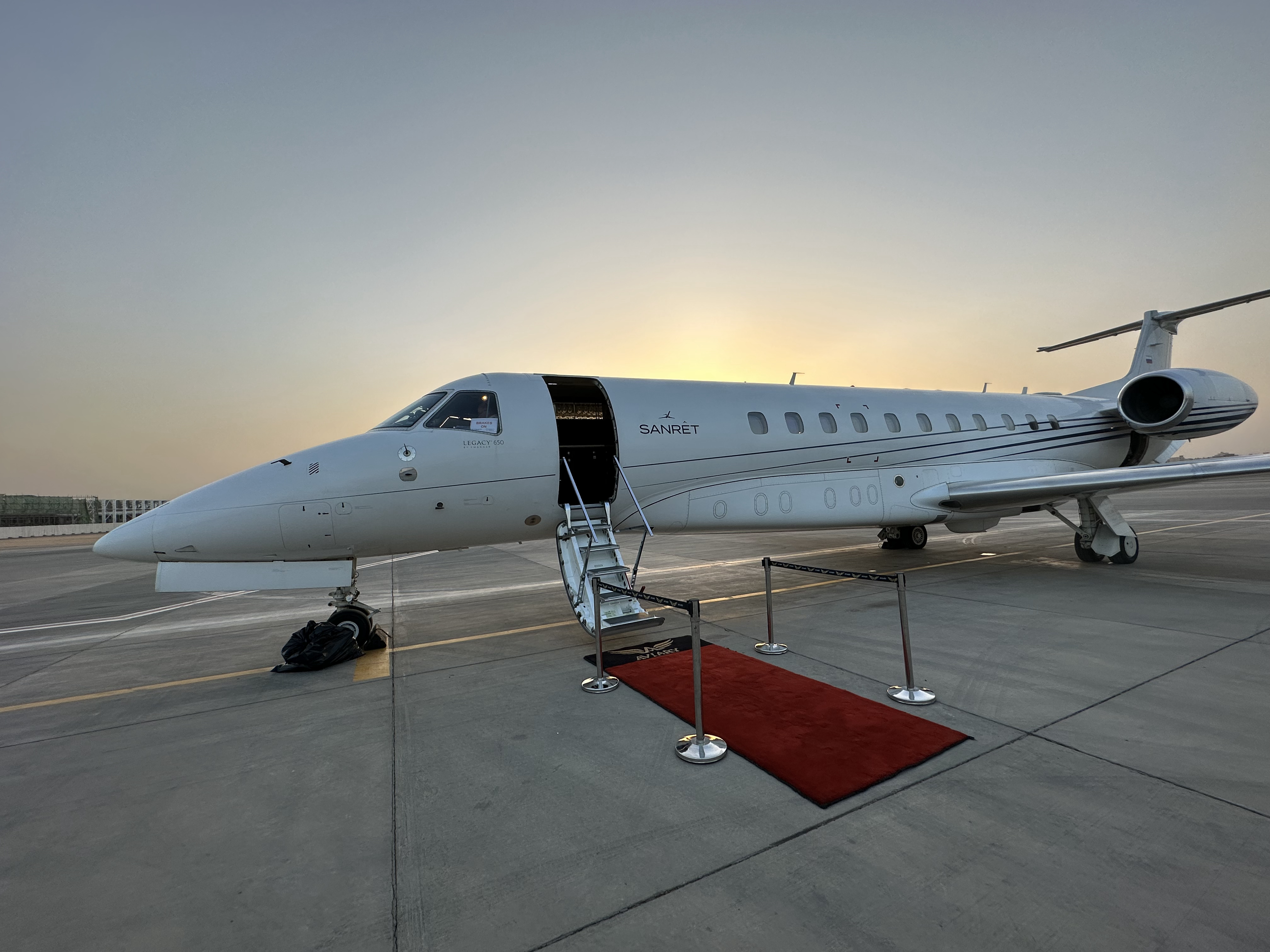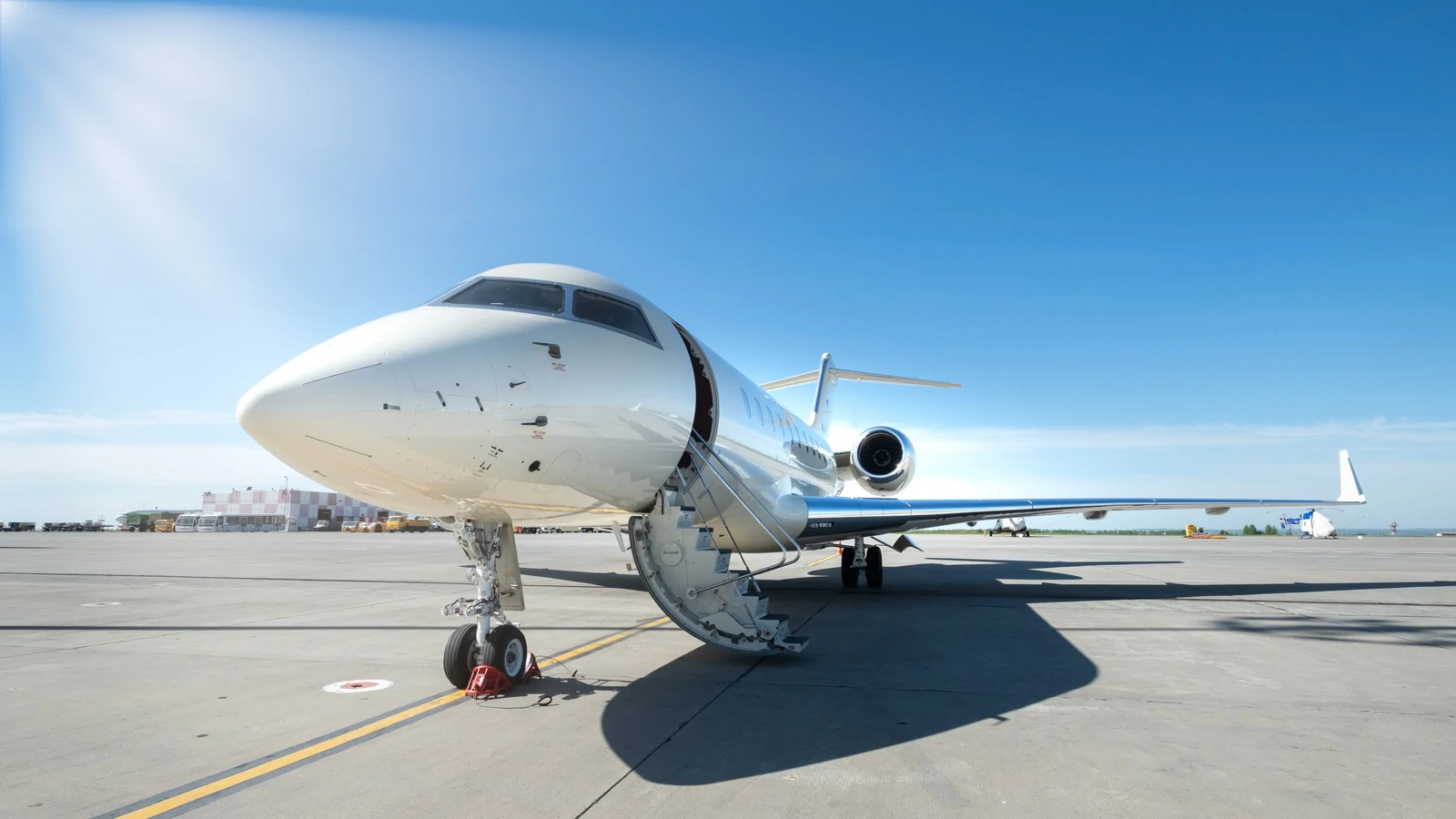Chartering a private jet isn't just about luxury; it's about navigating the intricate costs involved to make savvy decisions.
Whether for business efficiency or leisurely escapes, understanding the financial dynamics of private jet chartering is essential. This guide dives deep into the factors influencing costs and offers practical strategies for effective budget management.
Factors Influencing Private Jet Charter Costs
Aircraft Type and Size: The choice of aircraft plays a pivotal role in the cost of chartering a private jet. Light jets, ideal for short hops, start around $3,800 per hour, while larger, long-range heavy jets can exceed $6,500 per hour due to their enhanced amenities and capacity.
Distance and Flight Time: The primary cost determinant is the flight distance and duration. Longer flights naturally incur higher costs due to increased fuel consumption and operational expenses. Repositioning flights to return the aircraft to base or ferry flights to position it for departure can also add to expenses.
Seasonal Demand: Charter rates fluctuate with seasonal demand spikes during peak travel times like holidays and major events. Opting for off-peak travel can yield significant savings as demand and prices stabilize.
Landing and Handling Fees: These fees vary widely based on airport size, location, and aircraft weight. Major international airports generally impose higher fees compared to smaller regional airports, covering facility usage and services.
Additional Services: Customized services such as gourmet catering, onboard Wi-Fi, and ground transportation can notably impact overall expenses. Tailoring these services to specific preferences can either increase costs or provide cost-saving opportunities.
Breakdown of Charter Costs
A comprehensive charter quote typically includes:
Hourly Rate: Base cost per flight hour of the aircraft.
Fuel Surcharge: Adjusted based on current fuel prices.
Landing Fees: Charges for airport facility usage.
Crew Fees: Accommodation and meal costs during overnight stays.
Federal Excise Tax: A 7.5% tax on domestic U.S. flights.
Examples of Charter Costs
1. New York to Boston (One-Way)
- Aircraft: Light Jet (6-seater)
- Hourly Rate: $4,000
- Flight Duration: 1 hour
- Total Cost: Approximately $12,900, including landing fees and federal excise tax.
2. Hong Kong to Langkawi (Round-Trip)
- Aircraft: Heavy Jet (9-seater)
- Hourly Rate: $6,500
- Flight Duration: 8 hours round-trip
- Total Cost: Approximately $77,500, covering landing fees, crew overnight expenses, and miscellaneous costs.
Strategies for Cost Management
Group Travel: Sharing costs among passengers can significantly reduce per-passenger expenses.
Opt for Smaller Aircraft: Choose smaller jets for shorter trips to optimize costs.
Flexible Scheduling: Adjust travel dates to take advantage of lower rates during non-peak times.
Membership Programs: Jet card programs offer discounted rates and exclusive benefits for frequent travelers.
Additional Insights
Empty Leg Flights: These one-way repositioning flights offer steeply discounted rates, providing substantial cost savings.
Environmental Considerations: Many charter services now offer carbon offset programs, allowing travelers to mitigate their environmental impact.
Technological Advancements: Mobile apps and online platforms streamline booking processes and enhance the overall travel experience.
Conclusion
Understanding the nuances of private jet charter costs empowers travelers to make informed decisions. By considering aircraft type, flight distance, seasonal demand fluctuations, and additional service options, individuals can effectively manage their travel budgets while enjoying the convenience and luxury of private jet travel responsibly. For personalized cost estimates and detailed insights, leverage the cost calculators available on reputable charter service websites.
